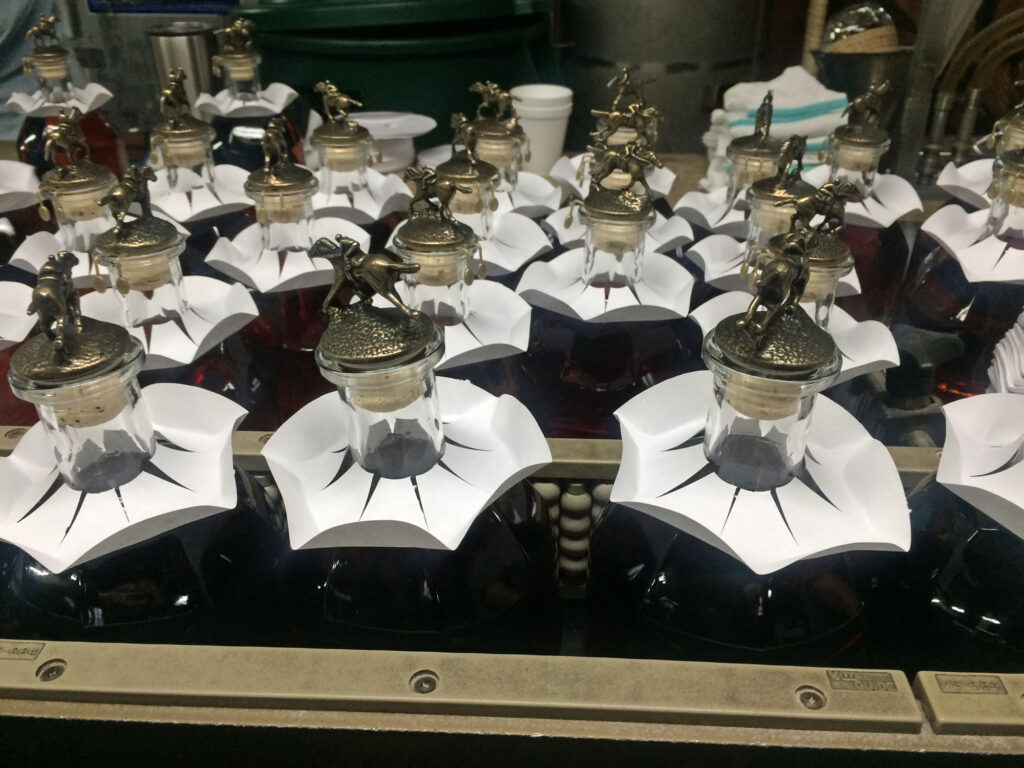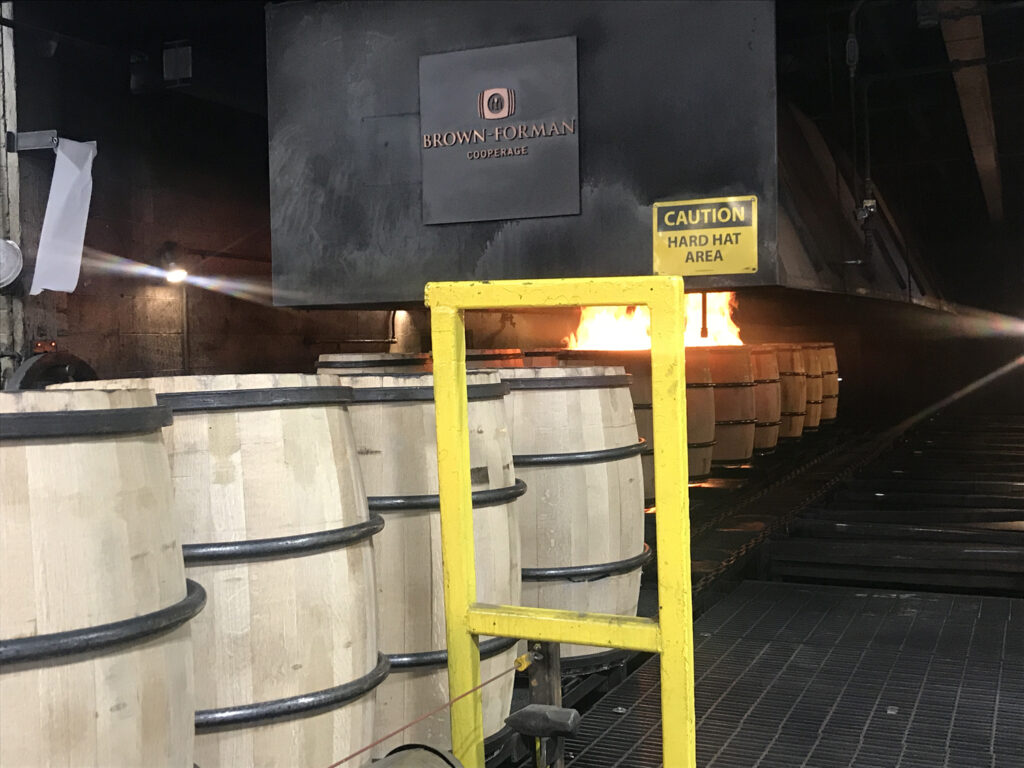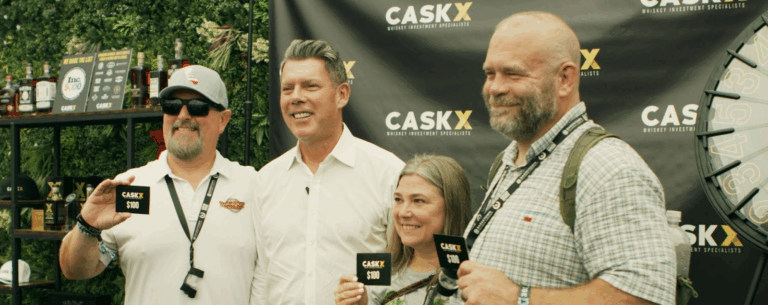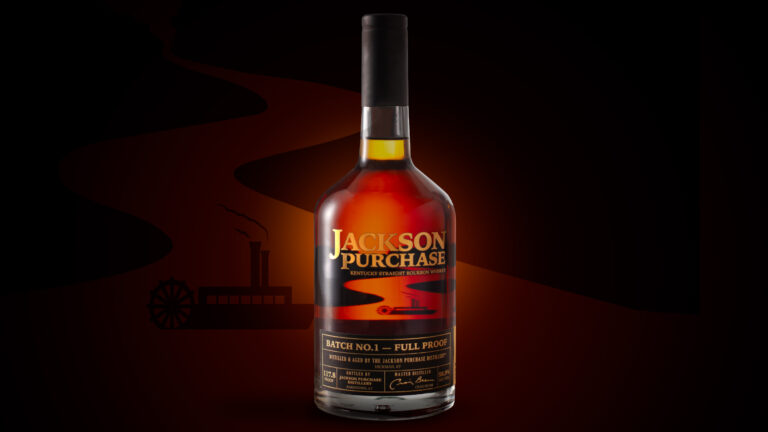
In 1964, the U.S. Congress recognized bourbon whiskey as a “distinctive product of the United States” and outlined the rules of the spirit in Title 27 of the Code of Federal Regulations.
Yes, there are rules to making bourbon, and there are similar rules to making scotch, Irish whiskey, Canadian whisky, etc. So let’s take a look at what constitutes a bourbon, and how that differs from other whiskey categories.
1) Bourbon must be made in the United States.
Contrary to popular belief, bourbon does not have to be made in Kentucky, although 95% of it is. It can be made in any state in America, and at the moment, there are actually bourbons coming out of all 50 states.
2) Bourbon must be made using at least 51% corn.
Most bourbons use corn, malted barley and either rye or wheat in their recipes, but no matter what grains they use, the mash bill must contain at least 51% corn.
Why? Well, because that’s what grows well in middle and southern America, and that’s where bourbon first got its start.
3) Bourbon must be aged in new, charred oak containers (barrels).
This is an important rule, because unlike other whiskeys (as we will discuss in a bit), the barrel or cask the bourbon is put into cannot be used.
4) Bourbon must not be distilled higher than 160 proof.
When making bourbon, it’s important not to distill too high, because the flavors of the grains will be stripped out at higher proofs. Take vodka for example. It typically doesn’t matter what grains you make it from, because it gets distilled so high, all the flavor is boiled out anyway.
Anything above 160 proof usually removes most of the intricate flavors that make bourbon so unique.
5) Bourbon must not be put into a barrel higher than 125 proof.
The barrel entry proof is important to distilling, and different brands use different numbers. The typical range of entry proof is anywhere between 110-125, so distillers must decide if they want to add more water at the beginning to proof down the distillate, or at the end after the bourbon has aged.
There’s no right or wrong answer here. Some people believe lower entry proof results in a richer, more viscous bourbon. But many companies stay near 125 to be more cost-efficient and true to the brand’s history.
6) Bourbon must be bottled at 80 proof or higher.
Like all whiskeys, bourbon must be at least 80 proof. If it’s below that, it falls into the liqueur category.
7) Bourbon must not contain any flavorings or colorings.
This is fairly transparent but important. Nothing can be added to bourbon except for water once it comes out of the barrel. All the dark hues of amber you see comes 100% from the charred oak barrel.
Those are the seven main rules of bourbon. You’ll notice there isn’t any mention of aging. That’s because bourbon technically does not have to be aged by law, but it’s not going to be very tasty if you don’t let nature and time do their thing.
Another term you may have heard associated with bourbon and aging is Straight, and that just means it’s been aged for a minimum of two years. If it’s less than 4 years old, there must be an age statement on the label.

Bourbon vs. Other Whiskeys
Now that we know what bourbon is, let’s take a look at how it compares to other whiskeys.
Here are the rules for Scotch whisky:
- Produced in Scotland
- Made from malted barley and other grains
- Aged in Scotland in oak casks for at least three years
- Contains no added substance other than caramel coloring
As you can see here, scotch whisky does not have to be aged in new casks, and it can include caramel coloring, which bourbon definitely cannot. There are, of course, many other differences between bourbon and scotch, but the main ones are its use of malted barley as the main grain component and the fact that that barley is often smoked/dried using peat.
• • •
Here are the rules for Irish whiskey:
- Produced in Ireland
- Made from cereal grains
- Distilled at no more than 190 proof
- Aged in Ireland in wooden casks for at least three years
- Cannot use any flavoring or coloring
Ireland can use all sorts of grains for its whiskey, which makes it quite unique in the category. It also doesn’t have to use new oak casks or barrels.
• • •
Here are the rules for Canadian whisky:
- Produced in Canada
- Distilled at no more than 190 proof
- Aged in Canada in wooden barrels for at least three years
Canadian whisky is probably the most open categories under the “whiskey” umbrella, because it can use both coloring and flavoring. It also does not require using a new barrel.
• • •
It’s worth noting another whiskey category: Japanese whisky. Its rules are also quite open and sometimes include blending Japan-made distillate with other products from outside the country, like scotch for instance. In fact, the Japanese style of making whiskey mimics the scotch process, but again, this category is constantly changing and is worth watching as its popularity continues to grow around the globe.
Here are the new rules proposed by the Japan Spirits & Liqueurs Makers Association for Japanese whisky:
- Must use malted grains (and may include other cereal grains)
- Water must be extracted in Japan
- Fermentation and distillation must take place at a Japanese distillery
- Must be aged in wooded casks in Japan for at least three years
- Must be bottled in Japan
- Caramel coloring can be used



